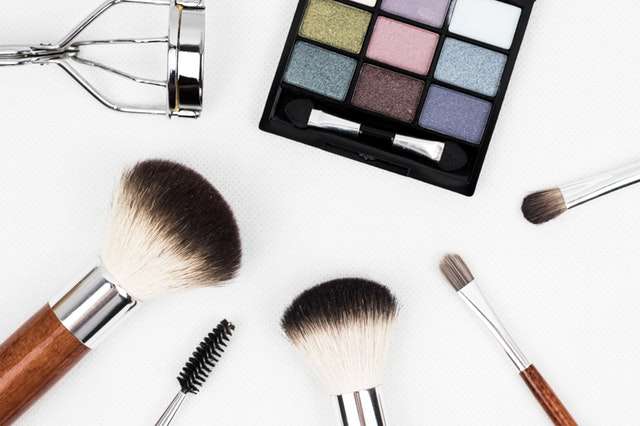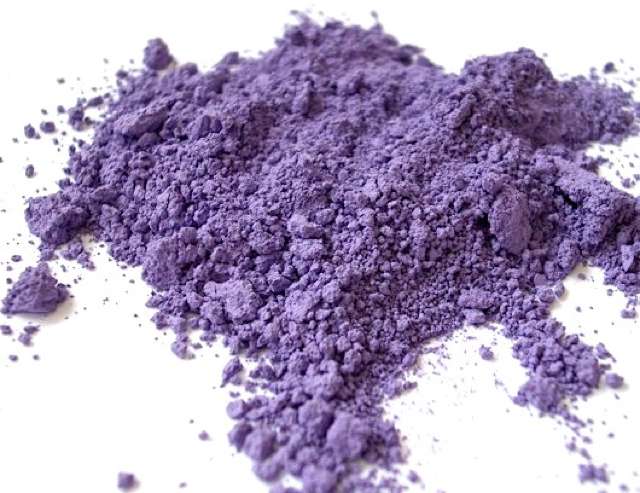Creating and Evaluating Formulations
Spectrophotometers are invaluable to the cosmetics industry as they allow you to test the color of your product in virtually every step of the development and manufacturing process, from ingredient selection to the final formula’s blend. In order to create the perfect purple eyeshadow, you’ll want to test your product in at least three steps.
Evaluating Ingredients
Your first step to achieving your desired purple hue is to test your colorants before you create your final formula, determining which one offers the strongest and most appropriate pigment within your budget. For instance, you might have a choice between two different shades of bulk synthetic ultramarine, both similarly-priced. By testing these ingredients in advance, you might find that one shade is relatively pure, with rich blue undertones, whereas the other shade isn’t nearly as vibrant.
Monitoring Formulation
Next, you can mix your ingredients together until you reach your ideal shade of purple. You might decide to use more ultramarine to create a violet tone or add more iron oxide to get closer to mauve. Spectrophotometers facilitate this formulation process by detecting even the most subtle changes in color between every test mix and allowing you to create a new color standard once your formulation has been perfected. You can even compare your new shade to other shades that are already on the market, ensuring that your signature purple is utterly unique. This will also make your eyeshadows more appealing for your customers— they know that they won’t be able to find these colors anywhere else.
Testing on Substrates
Finally, you can use spectrophotometers to analyze your new color both on its own and on a substrate to simulate product use. Even if your purple eyeshadow looks perfect in the pot, it’s possible that it will apply too sheer or streaked on the skin. By applying the shadow to a substrate and measuring the color spectrophotometrically, you can observe how the color behaves in use. From here, you can detect whether there are any noticeable streaks in your product and whether the pigment remains strong after application. Using this data, you can tweak your product’s formula by changing your source ingredients or altering ingredient proportions.3
The Best Spectrophotometers for the Task
A powdery product like eyeshadow requires a spectrophotometer with directional 45°/0° reflectance geometry. This tool measures color the way that the human eye sees it while eliminating environmental interference and the subjective nature of human sight. The ColorFlex EZ and Agera are both ideally suited for eyeshadow color measurement. These sophisticated instruments are capable of producing accurate color data of solids, liquids, and powders, allowing you to easily analyze a full range of ingredients and final products.
Contact HunterLab for more information about our innovative range of spectrophotometers and world-class customer support services. Our expert staff can walk you through the benefits of each color measurement tool, allowing you to select the right instrument for your needs.





